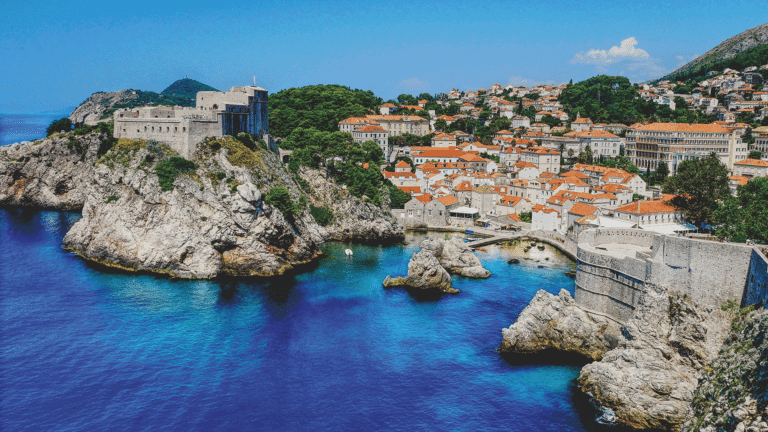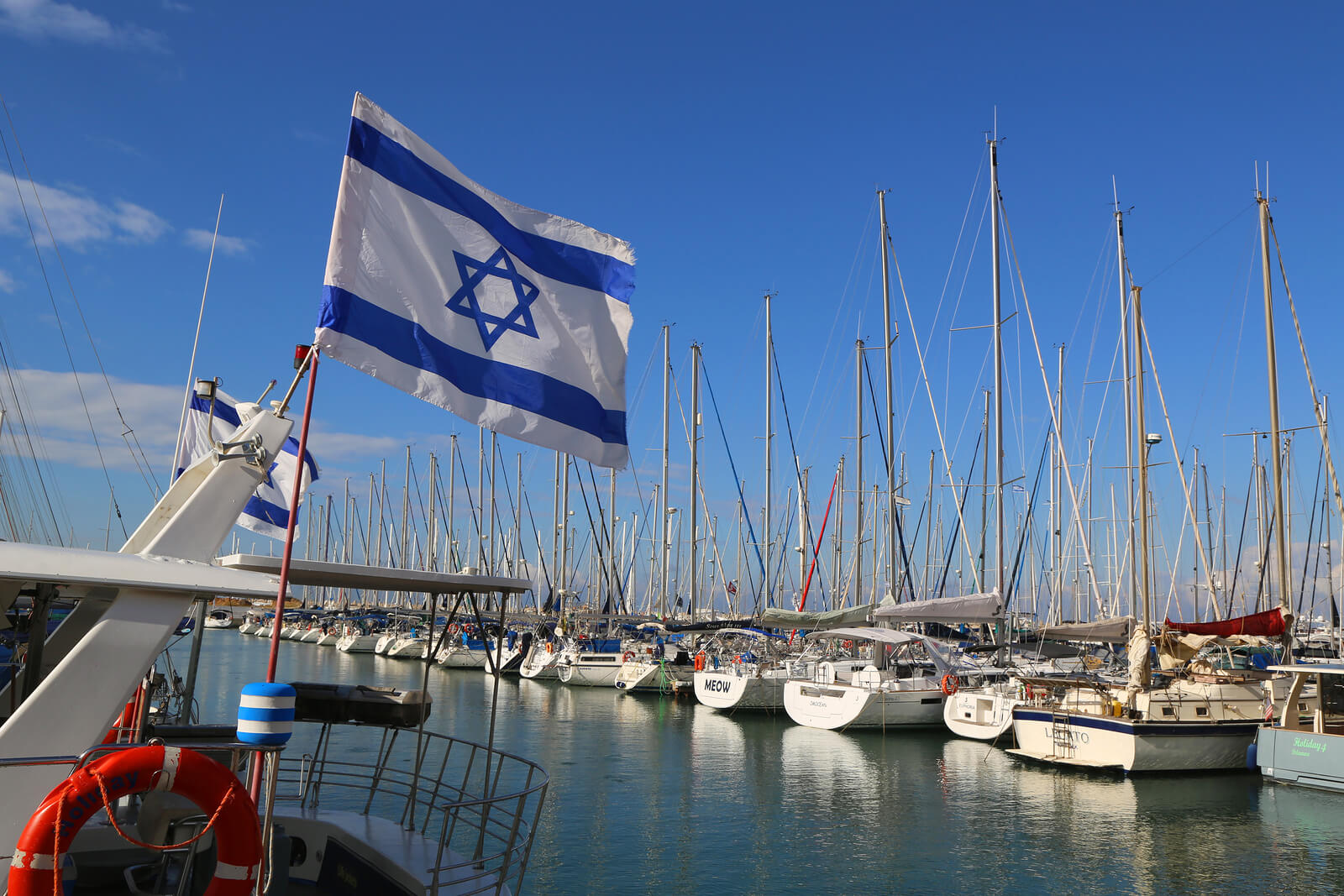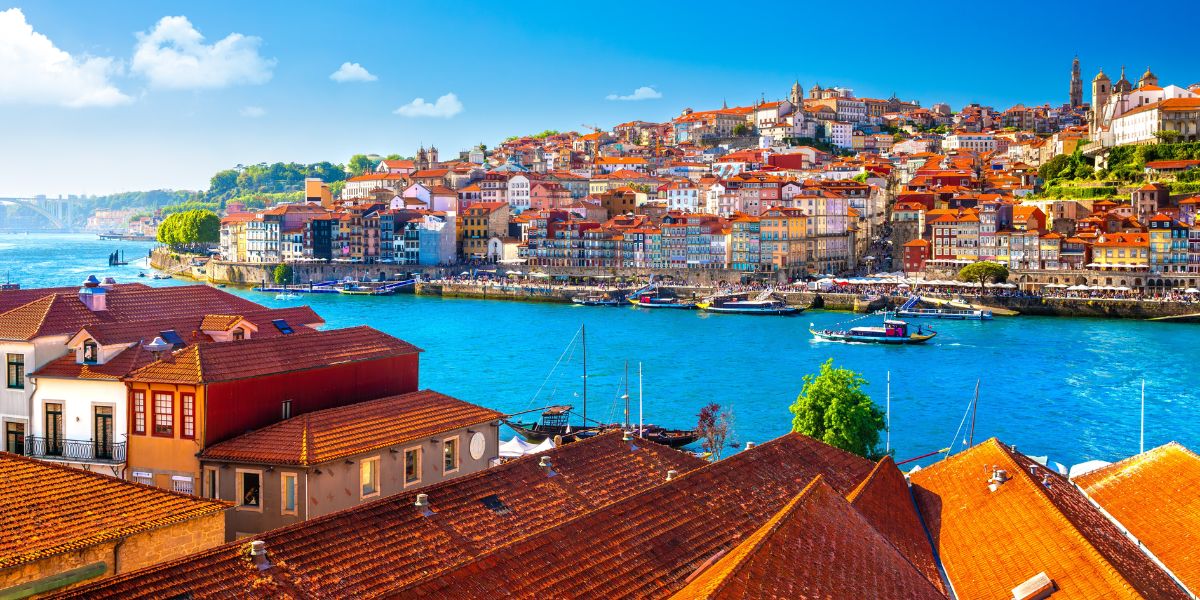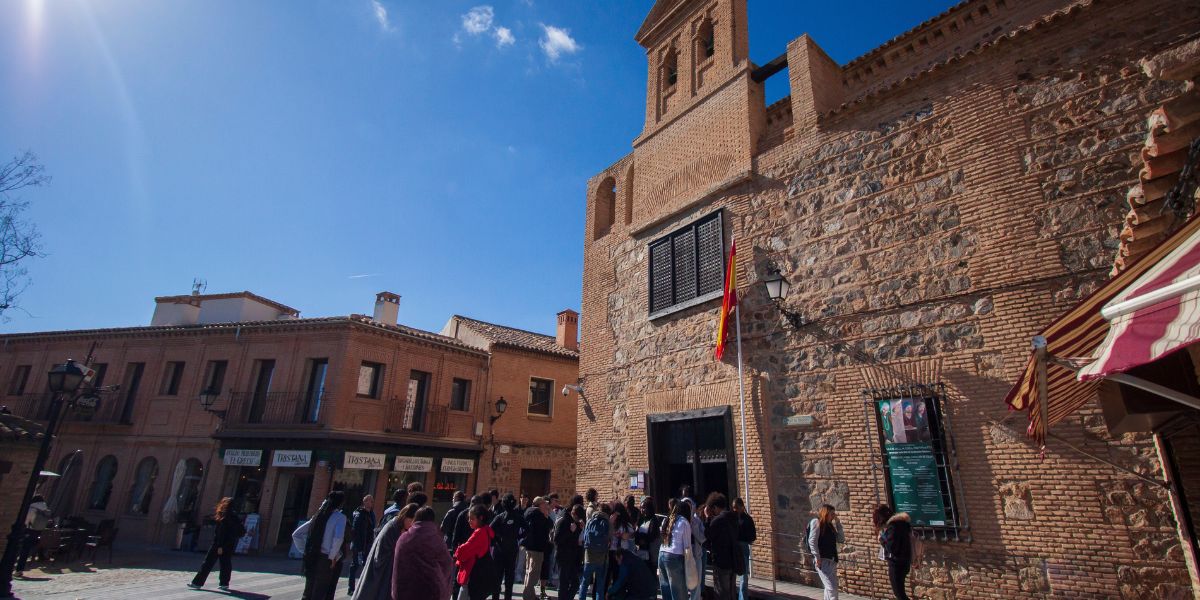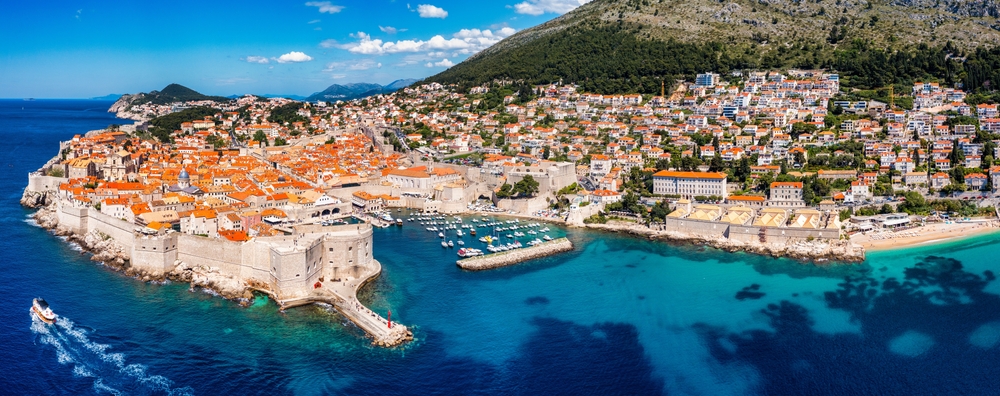In an ever-changing world, the importance of education in preserving Sephardic heritage cannot be overlooked. Education strengthens cultural identity and creates a sense of belonging to something meaningful and bigger than oneself. Heritage education promotes the knowledge, appreciation, and preservation of one’s heritage and culture, which can be tangible, such as historical landmarks, museums, art, and literature, or traditions, music, language, and knowledge.
For many years, the Sephardic community has been shrinking, and centuries of history are being forgotten. Education across Jewish communities is crucial to growing as an integral part of American Judaism. Raising awareness about the importance of heritage through workshops, discussions, and cultural events from early childhood will ensure that future generations of Sephardic Jews understand and value their roots.
One example of an educational program breathing life back into the Sephardic communities in America is Bivas, a Ladino high school club and youth movement. Bivas (Ladino for “Live!”) strives to build the next generation of American Sephardic leaders through cultural engagement, Ladino language infusion, the study of Sephardic customs and traditions, and connections with Jewish teens across the United States.
Initiatives, especially those aimed at today’s youth, such as a national Sephardic youth movement, a Sephardic authors project, and Jewish day school programs are critical to uplifting Sephardic culture and preserving its history in America.

Educational Programs
The younger generation’s growing fascination with their Sephardic heritage, combined with the fact that knowledge of Sephardic culture and history has drastically declined, has led many educational institutions to introduce programs that focus on bringing the diverse and rich legacy of Sephardic heritage back to life!
Below are a few examples of higher education institutions that offer educational programs focused on Sephardic and Mizrachi history and culture:
- Yeshiva University
-
- Graduate Studies Program in Sephardic History and Culture
- Graduate Studies Programs in Sephardic Studies
- Institute of Yemenite Studies
- Sephardic Rabbinic Training Program at RIETS
- University of Washington
- The Stroum Center for Jewish Studies
- Stanford University
- The Taube Center for Jewish Studies – The Sephardi Studies Project
- UCLA
- Maurice Amado Program in Sephardic Studies
Research and Scholarship
Sephardic Philanthropists and organizations across the United States offer funding to support students with Sephardic heritage or those interested in pursuing Sephardic studies and research. Such programs aim to encourage the continuation and growth of Sephardic culture and to support the Sephardic youth who are a minority in America’s Jewish landscape, making up only 3% of the Jewish population.
The Broome and Allen Fund was started over 70 years ago and today offers scholarships to undergraduate and graduate students of Sephardi heritage and those pursuing Sephardic Studies.
Broome and Allen Scholarship
- Students pursuing academic research, with priority given to those utilizing ASF’s National Sephardic Library & Archives at The Center for Jewish History and/or creating a project that will result in a publication (article, book, or film).
Broome and Allen Fellowship
- Scholars pursuing academic research, with priority given to those utilizing the ASF’s National Sephardic Library & Archives at The Center for Jewish History and/or creating a project that will result in a publication (article, book, or film).
- Students or graduates working to preserve and perpetuate the Broome & Allen Legacy by working on a unique project.
Yehoshua Salti Fund—Scholarships from the Yehoshua Salti Fund are intended for students of Jewish-Spanish origin who are influenced by the cultural-linguistic world of the Ladino in their diasporas, those who are influenced by Ladino or its heritage, or those who come from Ladino-speaking countries (Turkey, Bulgaria, Greece, the former Yugoslavia).
Sephardic Scholars Program – To support the next generation and recognize the educational achievements of young Sephardic students, the Sephardic Jewish Brotherhood of America created a program that awards financial scholarships to High School, College, and Graduate Students around the United States.
Language Preservation
As we discussed earlier, the Ladino language, or Judaeo-Spanish, has played a major role in bridging Sephardic cultures and unified and unifying communities. However, a majority of Ladino speakers have passed or are senior citizens, endangering this ancient language of extinction.
Originally based on old Spanish, Arabic, and Hebrew, Ladino now encompasses the languages of the Spanish diaspora, including Portuguese, Turkish, and Greek. For centuries, it has been used to communicate with family, friends, community members, and Jews from other cultures.
A recent resurgence in interest and a desire to keep this crucial part of Sephardic heritage alive has led to the creation of initiatives around the world aimed at preserving the language through educational programs, music, theater, and media channels.
In Israel, The National Authority for Ladino has organized classes to train teachers of the language, and today, all major state universities offer courses in Ladino. There are Ladino publications (such as the magazine Aki Yerushalayim), radio programs, conferences, plays, musicals (such as Yitzhak Navon’s El Bustan Sefaradi), and literature. The Hebrew University of Jerusalem recently started offering a “Ladino Ulpan” intensive Ladino language learning course.
Turkish Jews can brush up on their Ladino with the weekly newspaper produced entirely in Ladino called El Amaneser, or Şalom – the oldest Turkish Jewish weekly newspaper offering a section of features and news written in Ladino.
The Sephardic Cultural Research Center in Istanbul treats Ladino enthusiasts to a treasure trove of texts and translations, including rare recordings of native Ladino speakers preserved by the Center’s Ladino Database Project. The center also offers several Ladino language-learning programs on its website.
France, with its large Moroccan Jewish population, offers a wide variety of Ladino learning programs, including classes, textbooks, publishing programs, such as La Lettre Sépharade, a Ladino-French dictionary, festivals, such as the annual Djoha storytelling festival, and organizations (Association Vidas Largas).
Curriculum Integration
One of the greater challenges of the Sephardic community is the disconnect young Jews feel from their heritage. One of the factors contributing to this phenomenon is the lack of Sephardic history and culture represented in the educational frameworks, which tend to portray Jewish history from the eyes of European Jews.
Implementing Sephardic history learning in educational curricula is essential to raising awareness of the diversity within Jewish culture and helping students learn about the different Jewish experiences. It is also a way to encourage students to understand and relate to their peers who may be of Sephardic heritage.

Travel and Heritage Tourism
There is no better way to learn about your heritage than to go to the source. Sephardic Jewish heritage tourism has seen a boom in recent years, with many Jews looking to rediscover their roots and see how their ancestors lived and kept their faith in Spain and the diaspora, where Jewish culture thrived and experienced the highs and lows of golden ages and persecution and over centuries.
Embarking on a Jewish heritage tour is an excellent way to immerse yourself in the culture of your ancestors with the convenience of having a personalized itinerary and local guide to take your experience to the next level with expert knowledge of the region’s Jewish history, significant landmarks, and hidden gems. Travel agencies like Gil Travel, specializing in Jewish heritage tourism, are a great option to consider if you’re looking for a seamless and luxurious travel experience that considers your preferences and needs.
Heritage tourism also supports Jewish communities and organizations, many of which struggle to preserve historical Sephardic landmarks, such as centuries-old synagogues, mikvehs, cemeteries, and museums.
Pilgrimage Sites
A pilgrimage is a journey to a sacred place. In Sephardic Judaism, many pilgrimage sites are often connected to Torah scholars and leaders who made impactful changes to Judaism or performed miracles or locations of spiritual significance.
Sefad (Tzfat)
The ancient northern city flourished in the 16th century, when many famous Jewish religious scholars and mystics moved to Safed following the Spanish Expulsion, transforming the city into the spiritual center of the Jewish world. Kabbalists, such as Rabbi Yitzhak Luria (Ha-Ari HaKadosh), Rabbi Shlomo Alkabetz (author of Lecha Dodi), and Rabbi Yosef Karo (author of the Shulchan Aruch), just to name a few, put the city on the map to this day, where many live and visit for religious and spiritual purposes.
Tiberias
Tomb of Maimonides—A jack of all trades, Maimonides, also known as Rambam, was a Sephardic rabbi, philosopher, and preeminent astronomer and physician in the Middle Ages. Owing to his recognition as a prominent Jewish philosopher, his tomb is one of Israel’s most important Jewish pilgrimage sites and among Tiberias’ most visited tourist attractions.
Kidron Valley
The Cave of the Ramban-Nachmanides was a leading medieval Jewish scholar, Catalan rabbi, philosopher, physician, kabbalist, and biblical commentator originally from Spain. The cave is believed to be where Ramban prayed in the 13th century and his burial site, making it a holy site for Jews to visit over the last few centuries.
Jerusalem
The Four Sephardic Synagogues – A complex of four adjoining synagogues located in the Jewish Quarter of the Old City of Jerusalem. These synagogues were built to accommodate the religious needs of Jerusalem’s Sephardic community.
- Eliahu Ha’navi Synagogue (1586),
- Yochanan ben Zakai Synagogue (current building dates to the 17th century),
- Istanbuli Synagogue (1764),
- Emtsai Synagogue (mid-18th century)
Bulgaria
Silistra—Between 1819 and 1826, Rabbi Eliezer Papo led the Jewish community of Silistra. He became revered among observant Jews for writing the Pele Yoetz, a work of literature that advises Jews on how to behave. To this day, his grave is a focus of pilgrimage, with some flying from Israel and even from Latin America to Bulgaria to pray and pay their respects.
Morocco
Morocco’s Sacred Zaouias and Great Tombs
Morocco is home to numerous sacred sites, including the tombs of famous rabbis scattered across the country. Here’s an overview of some graves that have become places of pilgrimage in Morocco:
Jewish Zaouia of Telouet – Originally from Jerusalem, Rabbi David Ou Moshe is known to Moroccan Jews for the many miracles he performed. To this day, his grave receives thousands of Jewish pilgrims during the Sukkot holiday.
The Tomb of Rabbi David Lasker- This complex consists of a sanctuary for Rabbi David Lasker, a small cemetery, a synagogue, and guest houses It has historically attracted thousands for the annual hiloula (pilgrimage) on Lag b’Omer.
Ourigane- Jewish-Berber Shrine of Rabbi Mordekhai & Rabbi Abraham Ben Hammou
Cultural Tours and Their Impact on Local Economies
Sephardic heritage tours are a great way to explore your roots while supporting local communities and maintaining important historical Jewish landmarks! Spain and Portugal in particular, have many historical sites such as synagogues, mikvehs, Jewish quarters, and other signs of past Jewish presence, which have all but been destroyed during the Spanish Inquisition in the 15th century.
Therefore, it is of utmost importance to preserve what is left and support local guides and heritage tourism agencies, which continue to preserve the stories and knowledge of the Jewish community’s legacy. When you boost a local economy by visiting its historical landmarks and museums, locals and community leaders are motivated to preserve their cultural assets, ensuring that historical landmarks, festivals, and traditional craftsmanship are preserved for future generations.
If you’re interested in discovering Sephardic traditions and history, a heritage tour to countries with rich Sephardic heritage, such as Spain, Portugal, Croatia, Greece, and Turkey is a great way to step back in time and walk in the footsteps of Sephardic Jews who spread their Spanish traditions and created a truly unique culture by adopting traditions and customs from each of these cultures. Local guides provide an immersive and authentic experience by sharing their vast knowledge of local history and landmarks while offering connections to the Jewish communities that continue to preserve the local Sephardic practices and traditions.
Preservation through Tourism
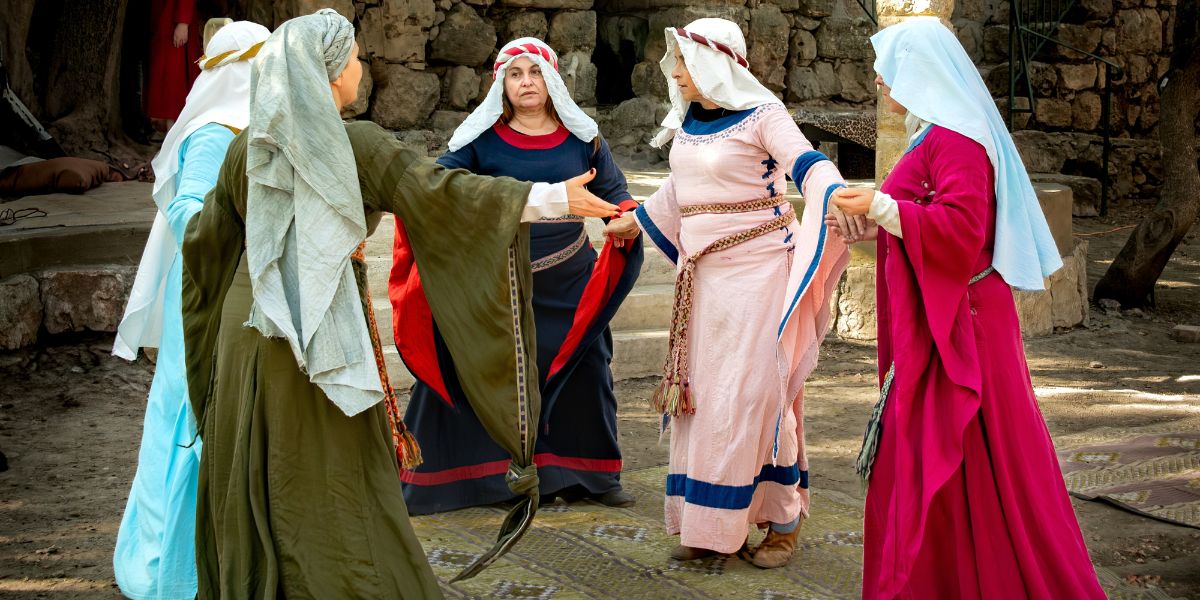
Challenges and Opportunities in Preserving Sephardic Heritage
It’s no secret that Sephardic heritage has struggled to stay relevant and grow in American Judaism. Although steps have been taken, such as educational programs and the promotion of Sephardic art, music, and literature, many hurdles remain to be crossed, including assimilation, cultural erosion, and a lack of cultural and historical education, to ensure the future of Sephardi Judaism.
Modernization vs Tradition – Navigating the balance between embracing change and maintaining Sephardic heritage
One of the many challenges that all immigrants face is adopting a new culture while still preserving their own heritage, language, and traditions. Striking a balance between these two is essential for maintaining one’s identity while still adapting to new surroundings.
While it is important to embrace change, it is equally important to stay connected to one’s cultural roots. This can include staying in touch with family and friends back home, reading books in one’s native language, or participating in cultural events within the local community.
While it is important to assimilate and adapt to one’s surroundings, staying in touch with your own heritage and its legacy is just as important. In the case of Sephardic Jewry, one of the biggest challenges for the younger generation is keeping the traditional language of their ancestors alive.
For centuries, Ladino (Judaeo-Spanish) encompassed Castilian Spanish, Arabic, Hebrew, and other languages of the Sephardic diaspora and was an essential part of the Sephardic identity. It connected Jews from different cultures and was used in Sephardic art, literature, film, religious texts, and between people in everyday life. Without it, much of Spanish Jewish history and culture that was lovingly preserved to this day could be lost.
As a community that makes up only a fraction of the overall Jewish population, it’s imperative that Sephardic Jews find a balance between assimilating into the mainstream Ashkenazi-centric culture that is the majority in many countries, especially the United States, and ensuring that their own culture thrives and its traditions and customs are passed down to the future generations.
Globalization: The Effects of a Connected World on Sephardic Practices
Technology made a big impact on the way we interact with religion and practice. Now, it’s easier than ever to connect with others who share the same religious beliefs. Technology has also made it easier for people to access religious resources, such as downloadable prayers, language apps, archives of religious texts and multimedia, online classes, and more.
For Sephardic Jews, technology has been a big contributor to raising awareness and continuing the legacy of Sephardic heritage. As a minority in the Jewish community, Sephardic culture, history, and contributions are not often talked about enough in educational settings, leading to a lack of awareness and feelings of marginalization among many young Sephardic Jews. However, thanks to modern technology, one can now easily connect to Sephardic organizations, communities, online events, and resources at the click of a button. These resources include The Sephardic Jewish Brotherhood, the American Sephardi Federation, Kanisse, Siddur Masorti, and zemirot.org.
Community Engagement
Strategies for active participation in heritage preservation
As we look toward Sephardic Judaism’s future, it becomes increasingly important to focus on heritage preservation to maintain a rich cultural legacy.
Studies have shown that community involvement is the most effective way to encourage the safeguarding of cultural assets and traditions. The Sephardic community can foster a stronger sense of identity and continuity by actively participating in events, such as International Ladino Day, workshops, or community celebrations.
One of the cornerstones of community engagement is raising awareness and providing information about local heritage projects and events, as well as opportunities to get involved through newsletters, public events, and community information sessions.
Another way to encourage heritage preservation is through active participation, where community members will contribute their time, knowledge, and skills to projects that promote Sephardic heritage, such as Ladino language courses or organizing ]art exhibitions featuring local Sephardic artists. Being an integral part of the heritage preservation effort fosters a deeper connection to the culture and a sense of pride within the community.
Educational programs that teach Sephardic youth and young adults about their unique and diverse heritage are among the most effective initiatives for community engagement and cultural preservation, as they ensure that the Sephardic community’s traditions, languages, and knowledge remain relevant and alive.
Future Prospects
In recent years, Sephardic heritage has seen a sharp increase in interest by young Sephardic adults looking to reclaim their identity, rediscover their roots, and connect with people with similar cultural backgrounds. Many educational institutions and organizations have taken note, and slowly but surely, workshops and programs, cultural events, and Sephardic Jewish heritage travel focused on the Sephardic experience and heritage have been popping up across the country. These initiatives have given rise to the Sephardic voice in America and an opportunity for the next generation of Sephardic leaders to promote awareness and continue to preserve and nurture the legacy left by their ancestors.
Sephardic migration and how it evolved the Judaeo-Spanish culture has made a profound impact on the modern Jewish community, from art and literature to cuisine, and centuries worth of contributions to Jewish law and practices. Today, the younger generation of Sephardic Jews are grappling with a shrinking population due to assimilation and a lack of education on Sephardic history and traditions. Many initiatives have been made to preserve the heritage, language, and culture of this ancient community, including cultural events, educational programs, and scholarships.
You too can help your local Sephardic community thrive by engaging in Sephardic traditions, taking part in cultural celebrations, or joining an educational workshop. Another more exciting way to promote the Spanish diaspora is by joining a Sephardic Jewish heritage tour. Not only does it encourage economic growth for local Jewish communities, but it also contributes to maintaining centuries-old historical landmarks that may otherwise be lost in history.
You can start planning your personalized heritage trip by contacting Gil Travel today for the opportunity to rediscover your Sephardic roots in an unforgettable cultural experience.

